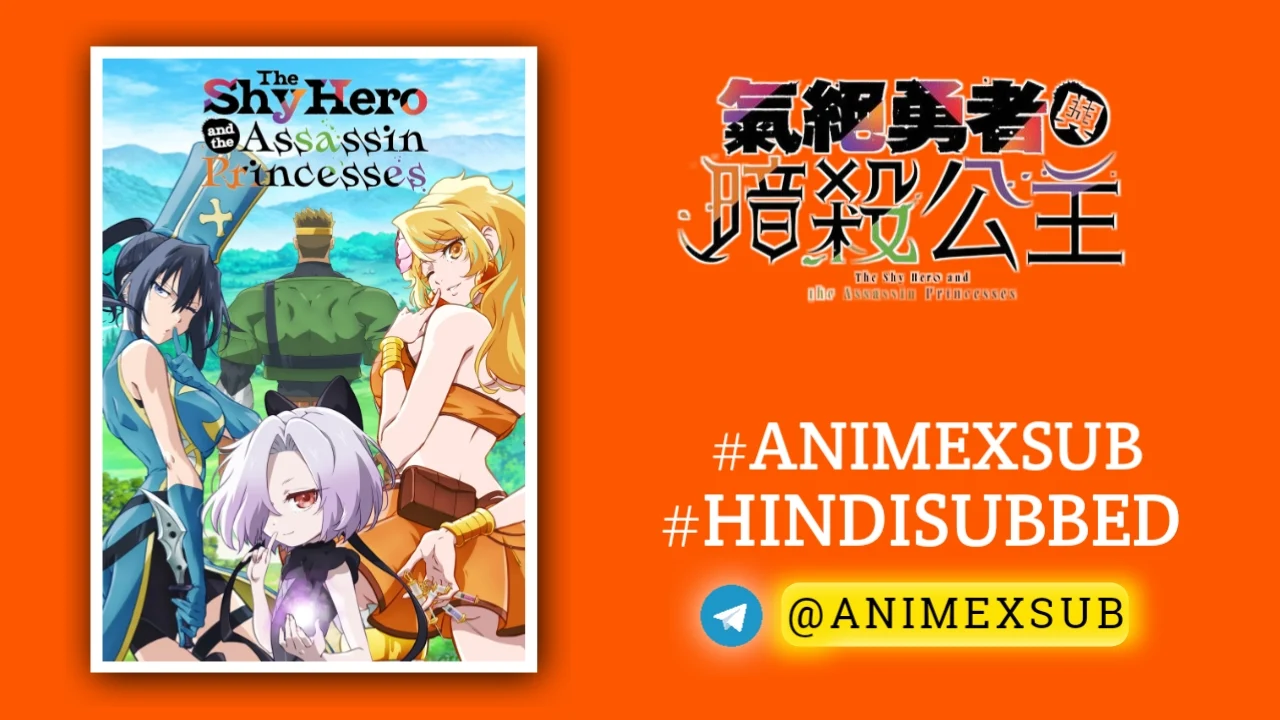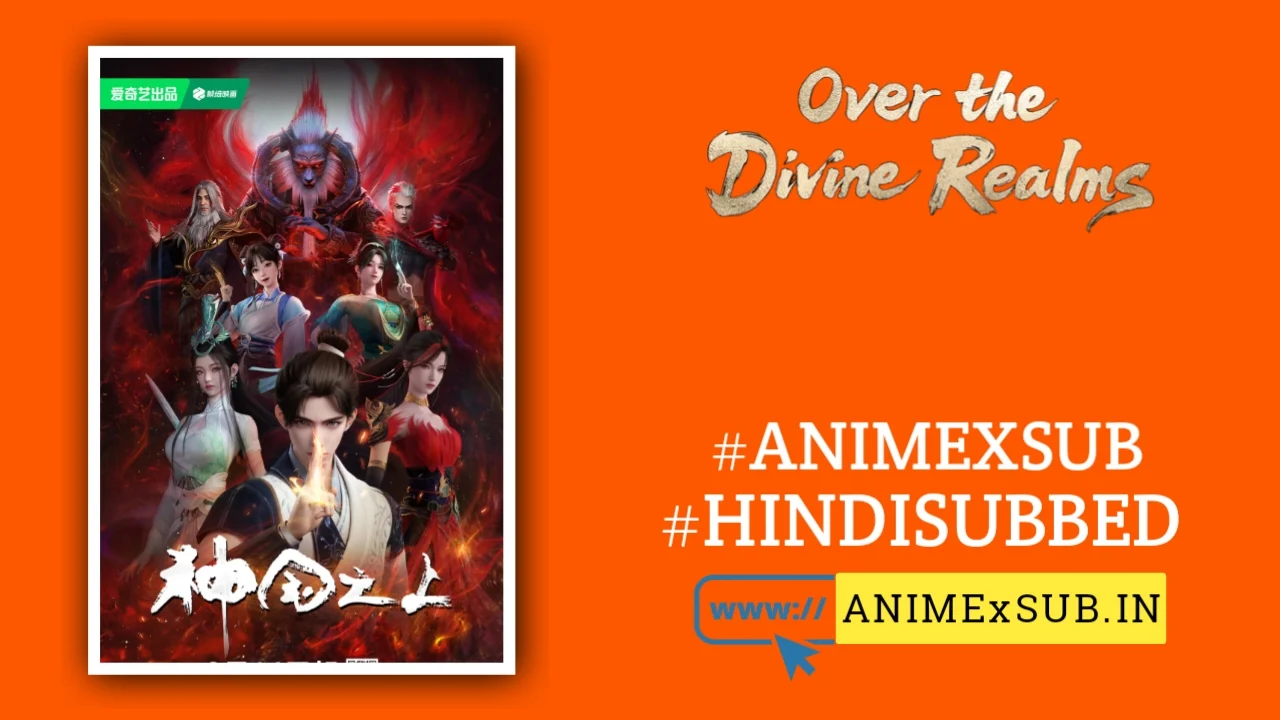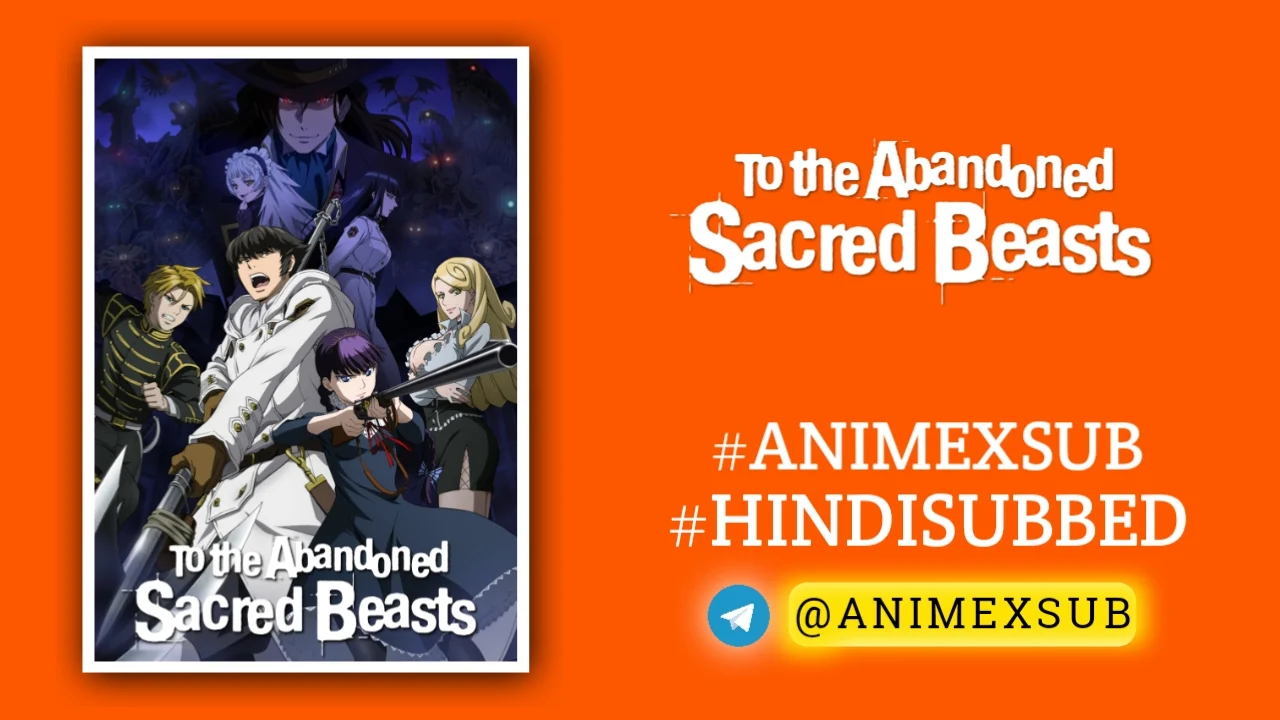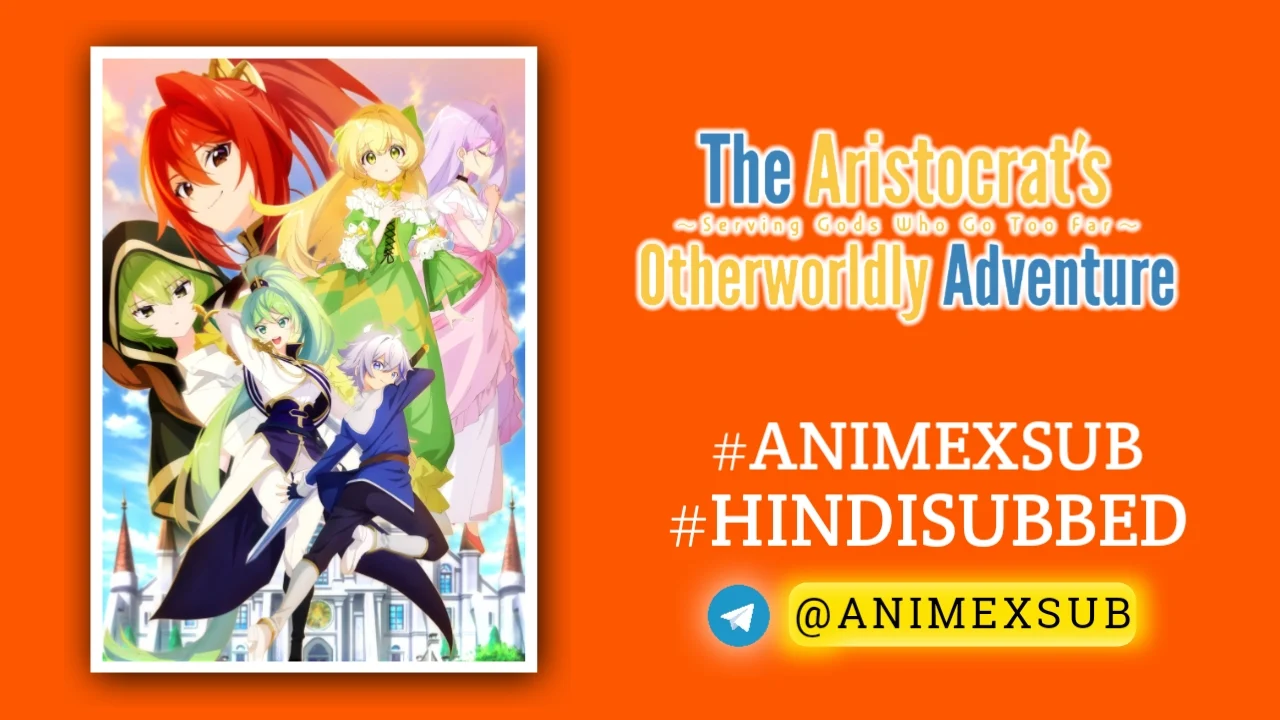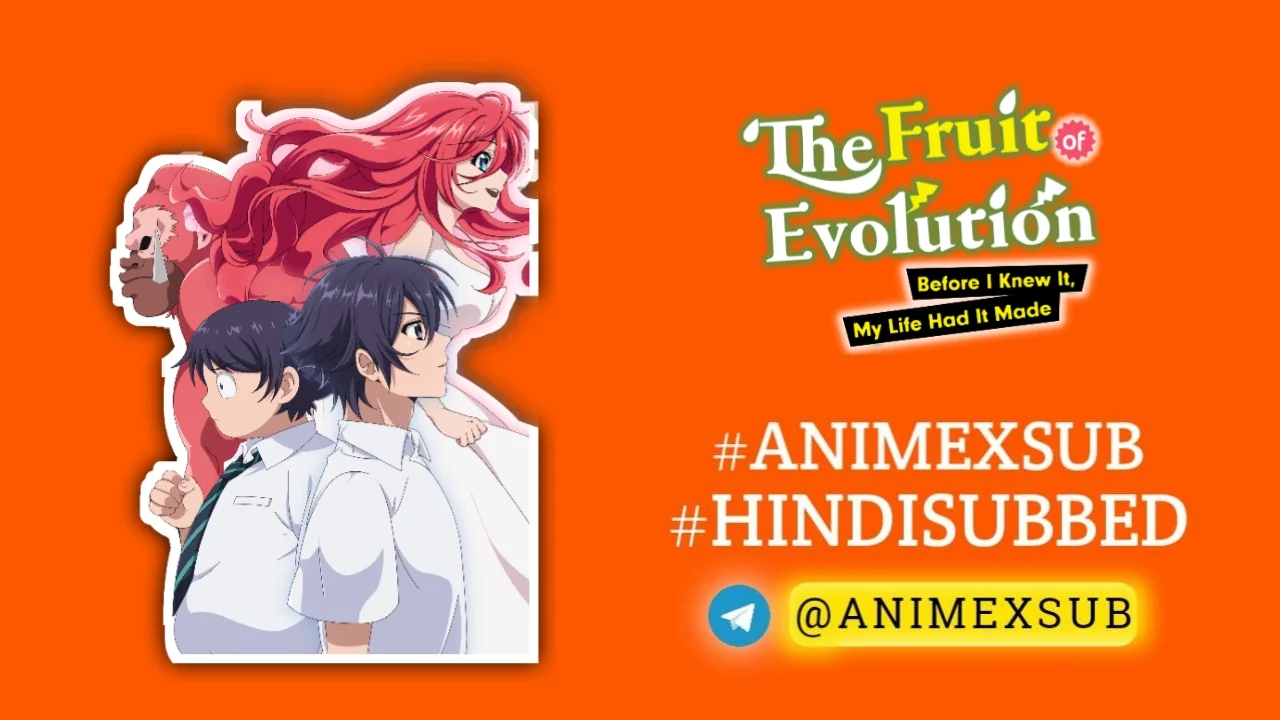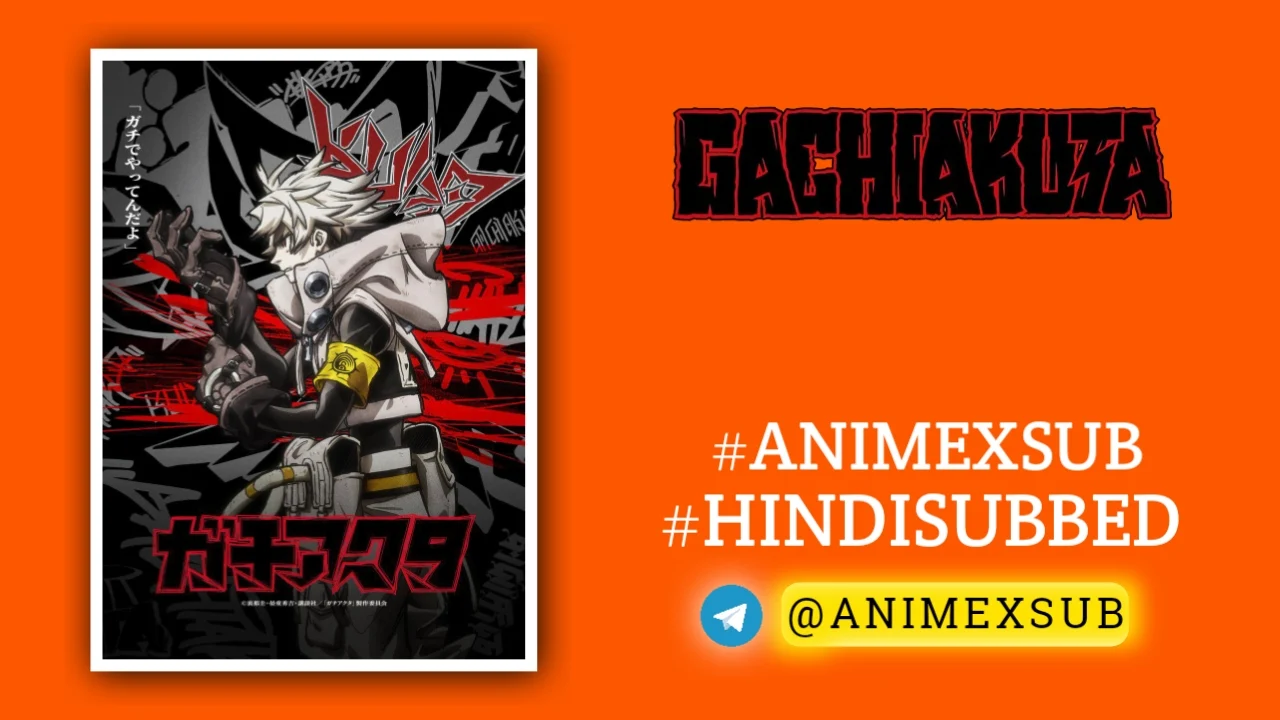
Gachiakuta Hindi Subbed [08/24] | Gachiakuta Hindi Sub

Gachiakuta
GachiakutaSynopsis
A boy lives in a floating town, where the poor scrape by and the rich live a sumptuous life, simply casting their garbage off the side, into the abyss. When he’s falsely accused of murder, though, his wrongful conviction leads to an unimaginable punishment—exile off the edge, with the rest of the trash. Down on the surface, the cast-off waste of humanity has bred vicious monsters, and to travel the path to vengeance against those who cast him into Hell, a boy will have to become a warrior… (Source: Kodansha USA)
Watch Trailer
Characters
Episodes
Gachiakuta Season 1 Review: A Gritty, Trash-Filled Triumph of World-Building and Emotional Depth
Gachiakuta Season 1, adapted from Kei Urana’s manga by Studio Bones, is a dark fantasy shonen that dares to stand apart in a crowded genre. Set in a dystopian world where trash and people are discarded with equal indifference, this 24-episode season (split into two cours) delivers a raw, inventive narrative that blends visceral action, societal critique, and emotional resonance. Streaming on Crunchyroll, it’s a series that transforms garbage into gold, though it stumbles at times under the weight of its ambitions.
A World Built on Trash and Inequality
The story unfolds in The Sphere, a floating city where the elite discard anything deemed worthless—objects and humans alike—into The Pit, a sprawling wasteland below. Rudo, the protagonist voiced by Aoi Ichikawa, is a slums-dwelling “tribesfolk” descendant of exiled criminals. His disdain for the upper class’s wastefulness drives him to scavenge trash, believing even discarded items hold value. When framed for his foster father Regto’s murder, Rudo is cast into The Pit, where he discovers a nightmarish world of trash-born monsters and a unique power system tied to “Anima”—the soul imbued in cherished objects.
The premise is a masterclass in world-building. The stark contrast between The Sphere’s sterile opulence and The Pit’s grimy chaos mirrors real-world socioeconomic divides, offering a biting commentary on consumerism and disposability. The concept of Vital Instruments—objects like gloves, umbrellas, or scissors that become powerful weapons when infused with Anima—feels fresh and deeply personal, rooted in creator Kei Urana’s childhood experience of breaking a beloved pen and feeling its “plea.” This emotional connection to objects elevates the series beyond typical shonen tropes, making every fight a reflection of character identity and values.
Visuals and Animation: A Punk Aesthetic Done Right
Studio Bones, known for My Hero Academia and Mob Psycho 100, brings Gachiakuta’s gritty aesthetic to life with a blend of 2D and 3D animation. The trash monsters, with their grotesque amalgamations of discarded objects, are a visual highlight, their designs both horrifying and meticulous. The graffiti-inspired art style, courtesy of Ando Hideyoshi, infuses the series with an urban, rebellious edge that complements its themes. Fight choreography, particularly in episodes like 4 where Rudo shadows Riyo, is dynamic and inventive, with characters wielding unconventional weapons like giant scissors in ways reminiscent of Jackie Chan’s environmental combat.
However, the animation isn’t flawless. Some 3D elements feel jarring, and the pacing of early episodes can drag under heavy exposition, particularly in episodes 1-3, which prioritize world-building over character depth. By episode 4, the action picks up, but the series occasionally struggles to balance its ambitious setting with narrative momentum.
Characters: Rough Edges, Growing Depth
Rudo, a hot-headed yet sympathetic anti-hero, carries the story with his blend of rage and vulnerability. His journey from scavenging slums-dweller to reluctant Cleaner—a group of outcasts fighting trash beasts—is compelling, though his bitterness can feel one-note early on. Supporting characters like Enjin, with his umbrella weapon, and Semiu Grier, the Cleaner receptionist with Anima-reading glasses, add diversity and intrigue. The series shines in its representation, notably with characters like Semiu, whose darker skin is rendered authentically without caricature, a rarity in anime.
The Cleaners, led by the charismatic Arkha Corvus, introduce a faction dynamic that hints at moral complexity. While some characters, like the shy healer Eishia, feel underdeveloped in the first cour, later episodes tease richer arcs, particularly with villains like Jabber Wonger, whose motives remain tantalizingly unclear. The show’s emotional core—Rudo’s grief over Regto and his defiance of societal labels—grounds even its most fantastical elements.
Themes and Storytelling: A Double-Edged Sword
Gachiakuta’s strength lies in its thematic depth. It explores overconsumption, classism, and the value of the discarded through a lens that feels both personal and universal. The idea that loved objects gain souls while neglected ones spawn monsters is a brilliant metaphor for human worth and societal neglect. However, the series can be heavy-handed, with expository dialogue in early episodes feeling like a “tour guide shouting facts” rather than organic storytelling. This improves as the season progresses, particularly in episodes 4-6, where action and character moments take precedence.
Compared to contemporaries like Jujutsu Kaisen or Dandadan, Gachiakuta moves at a slower pace, with its first 30 chapters (roughly the first cour) serving as setup. Manga readers note that the story truly shines later, suggesting Season 1 is a foundation for greater things. Its misanthropic tone, while cathartic, may alienate viewers seeking lighter shonen fare, but for those who connect with its anger and rebellion, it’s a powerful draw.
Sound and Music: A Perfect Fit
Taku Iwasaki’s soundtrack, known for Bungo Stray Dogs, perfectly captures Gachiakuta’s gritty vibe. From the rage-fueled strings during Rudo’s fall into The Pit to the punk-rock energy of the opening theme “Hugs” by Paledusk, the music amplifies the series’ emotional stakes. The ending theme, “Tomoshibi” by Dustcell, adds a haunting contrast, reflecting Rudo’s quieter moments of loss.
Verdict: A Promising, Imperfect Gem
Gachiakuta Season 1 is a bold entry in the shonen genre, with a unique premise, striking visuals, and a heartfelt exploration of value in a throwaway world. Its world-building and power system are innovative, and its themes resonate deeply, though uneven pacing and heavy exposition in early episodes may test viewer patience. For those willing to stick with Rudo’s journey, the payoff in action, character growth, and narrative depth is substantial, setting the stage for a potential breakout hit. If you’re drawn to dark, rebellious stories with a punk edge, Gachiakuta is a treasure worth salvaging.
Rating: 8.5/10
Best For: Fans of dark fantasy shonen like Attack on Titan or Jujutsu Kaisen who crave unique world-building and unconventional battles.
Watch It On: Crunchyroll, with new episodes every Sunday.
























